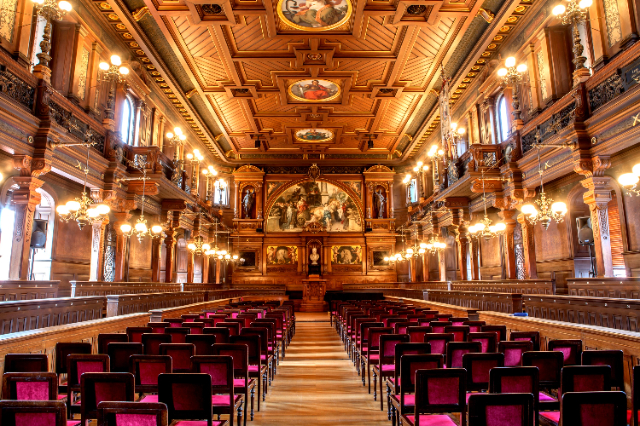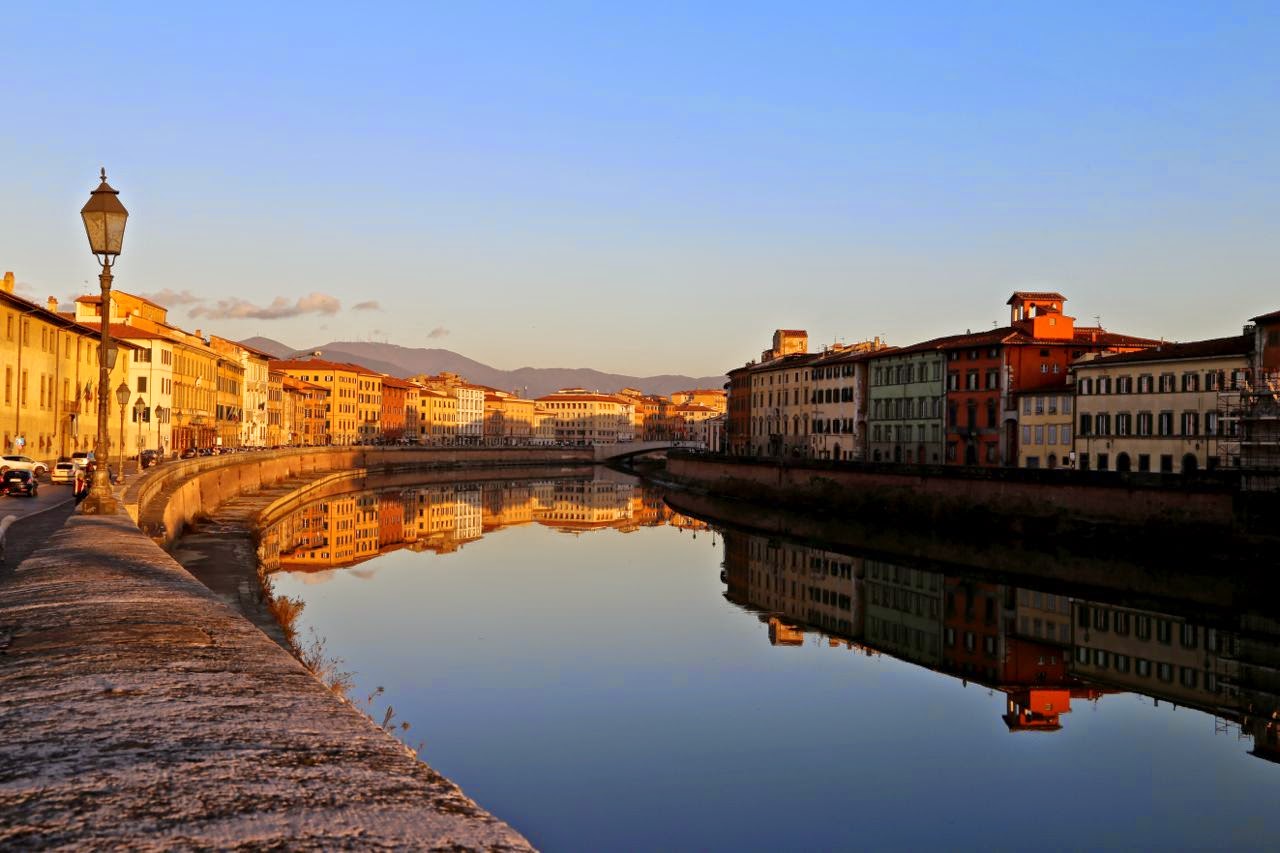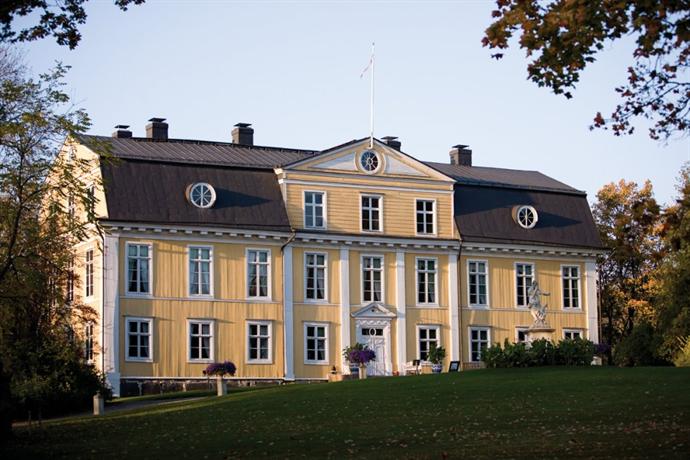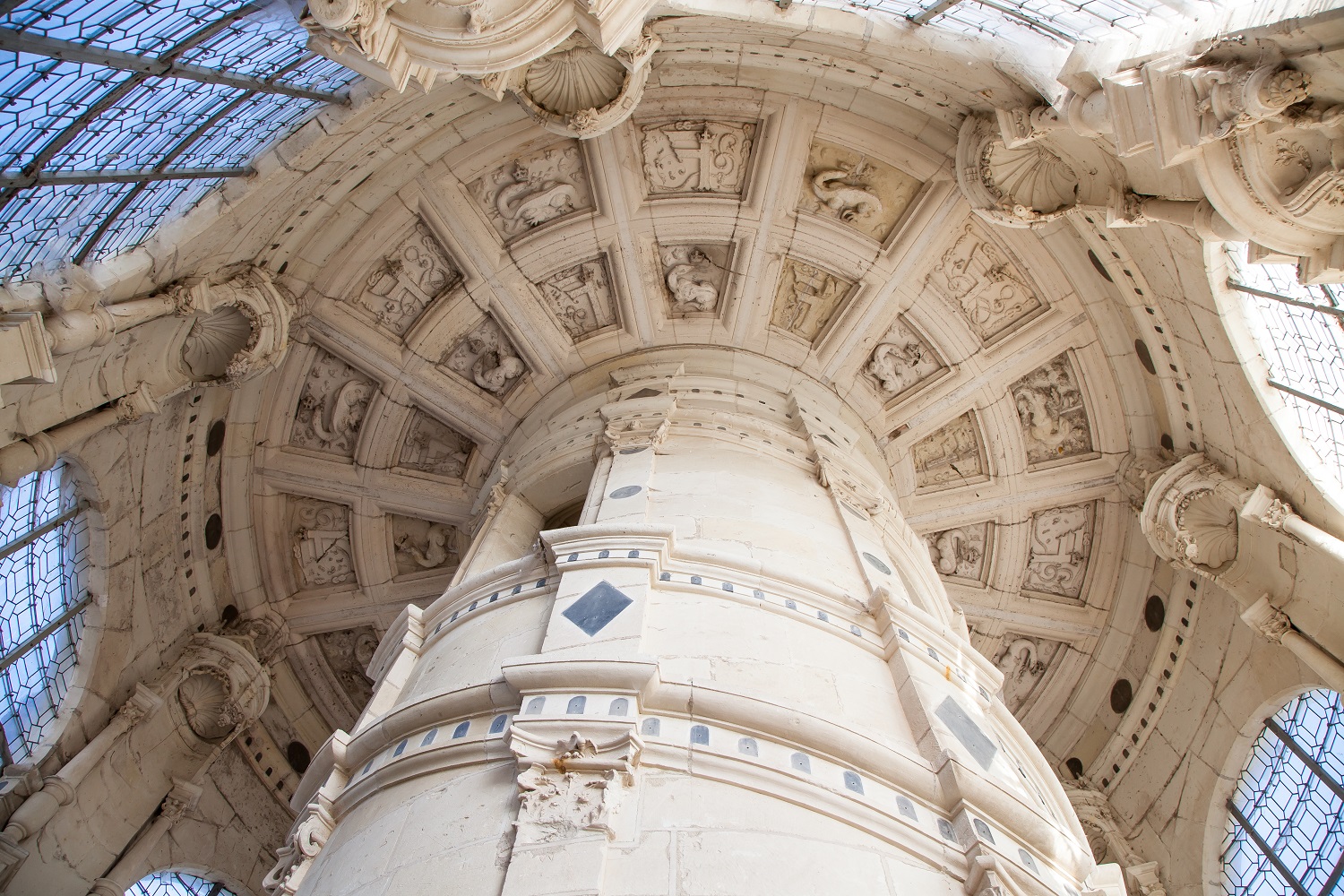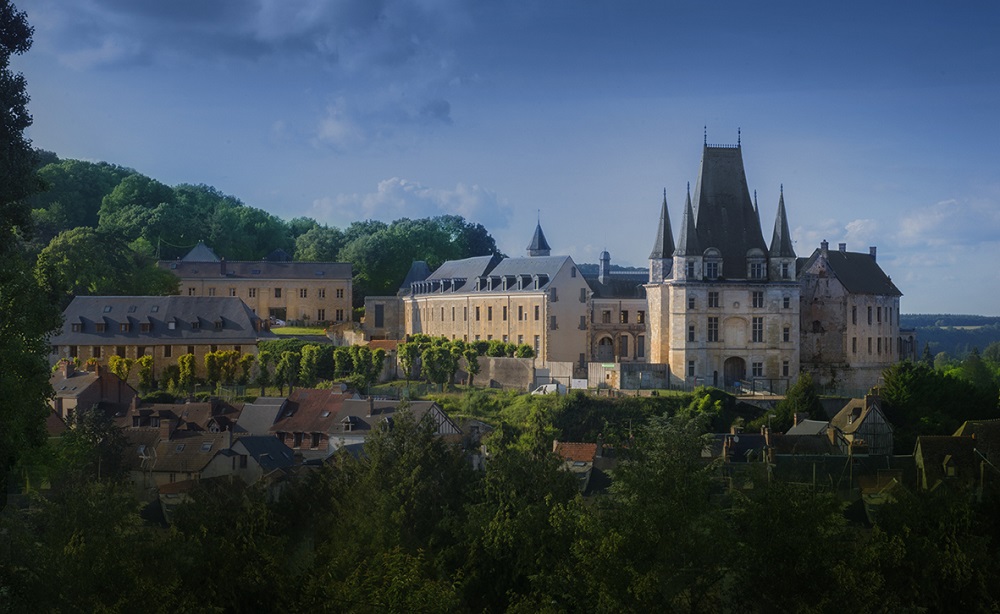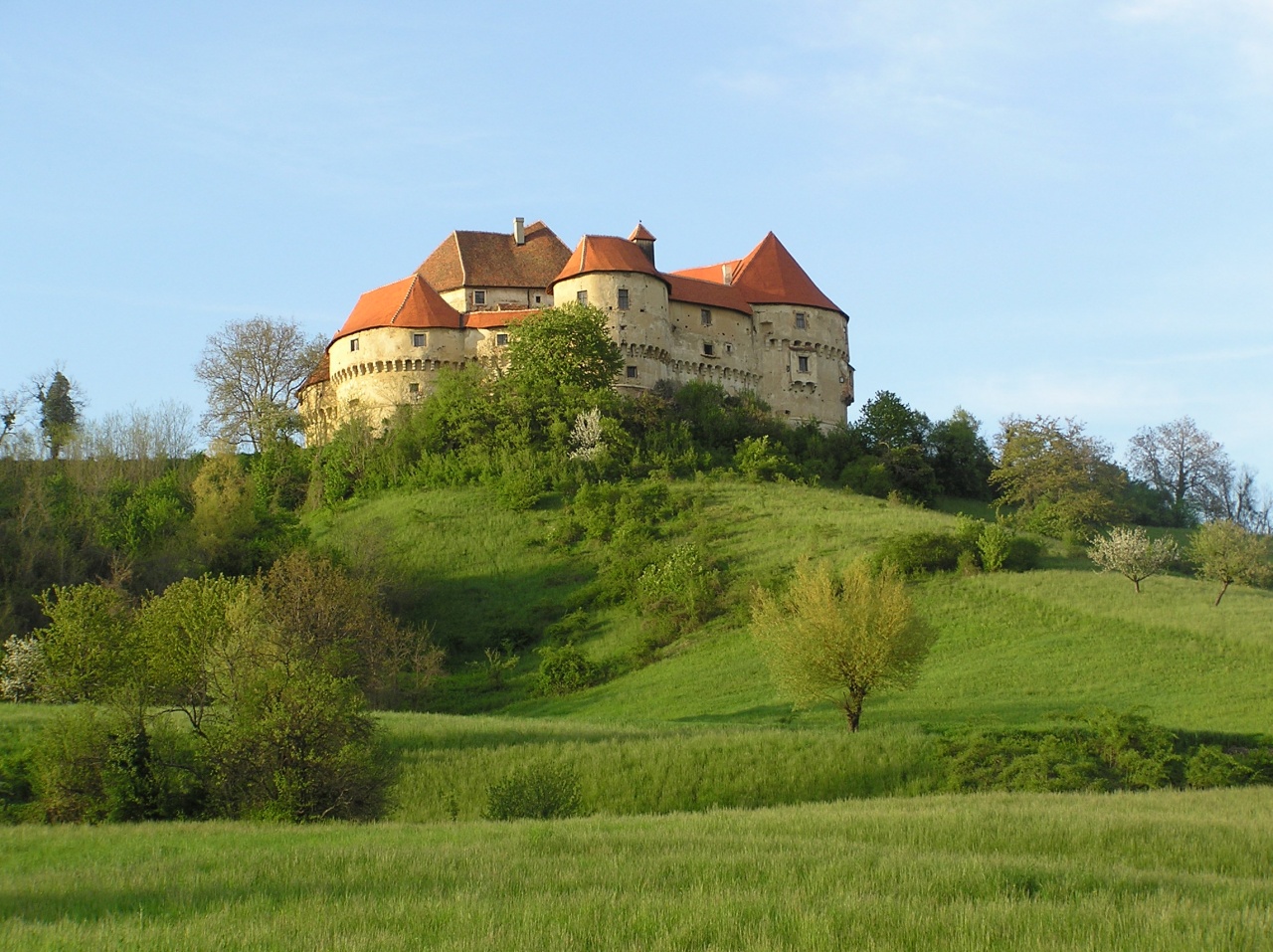<p><span style="font-size: 14pt;"><strong>Heidelberg University</strong> – also known as Ruperto Carola – was established in 1386 and is Germany’s oldest university. It is also one of the strongest research universities in all of Europe. In 1386, Ruprecht I, Elector Palatine, received the Pope’s permission to establish the university in his residential city of Heidelberg. The Dutch scholar Marsilius of Inghen became the new university’s first rector.</span></p>
<p><span style="font-size: 14pt;">In the centuries since its founding, Heidelberg University has experienced many ups and downs in connection with its scientific reputation, its intellectual charisma, and its attractiveness to professors and students. In the 16th century Heidelberg evolved into a centre of humanism. <strong>Martin Luther</strong>’s public defense of his Ninety-Five Theses in April 1518 had a lasting effect. In the years following, the university gained a special reputation as a Calvinist stronghold. The Heidelberg Catechism was written in 1563 and to this day remains a fundamental confessional for the reformed church.Charter of Heidelberg University from the 1st October 1386 | © University archive After a difficult span of years marked by revolutions and financial mismanagement, Baden’s first grand duke Karl Friedrich reorganised the university. The university added his name to that of its founder, thereafter calling itself Ruprecht-Karls-Universität.</span></p>
<p><span style="font-size: 14pt;">During the 19th century, Heidelberg was widely celebrated not only for its high level of research but also for its liberality, commitment to democratic ideals, and openness to new ideas. Resulting from this, the high reputation of the university attracted a large number of foreign students. This second flowering was marked by extraordinary research efforts across all faculties and was punctuated by such researchers as Robert Bunsen, Hermann Helmholtz, Gustav Kirchhoff, and Max Weber.</span></p>
<p><span style="font-size: 14pt;">As with its first flowering, Heidelberg saw its second great prospering end with the outbreak of war in 1914. The two world wars in the first half of the 20th century and the circumstances associated with the National Socialist dictatorship plunged Heidelberg University into a nadir from which it only recovered with great difficulty.</span></p>
<p><span style="font-size: 14pt;">In the mid-1960s, Heidelberg, like so many other universities, became a mass university. Between 1950 and 1960, Heidelberg’s student population doubled; it tripled again between 1961 and 2010, leading to extreme overcrowding and overloading. Despite this, and despite concurrent financial problems, Heidelberg recovered its footing and its extraordinary reputation. It has even improved on that reputation, once again becoming extremely attractive to international academics and students alike. Heidelberg University was also successful on both rounds of Germany’s Excellence Initiative – in 2006/07 and in 2012 – and this, combined with its high position in internationally regarded university rankings is a further indication of the university’s leading role and excellent reputation in international academia.</span></p>
